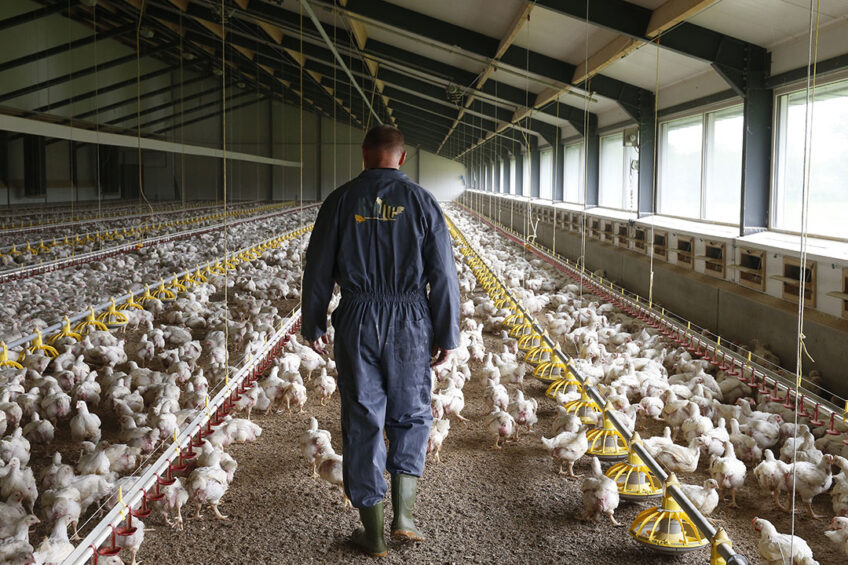Study reveals risk factors for Newcastle Disease in Brazil

A study conducted by the Brazilian Animal Health Defence Group (GDSA) has revealed several risk factors for the spread of Newcastle Disease from backyard farms to commercial producers in São Paulo State, Brazil.
Given that it is a notifiable disease, Brazil has a pretty good indication of its Newcastle Disease status. With the last official outbreak in 2006, researcher Luciano Lagatta, director at the Animal Health Defence Group (GDSA) of São Paulo State, led a new evaluation of the threat posed by Newcastle Disease. In his view, backyard birds are disease reservoirs and have been an epidemiological issue for a long time. They are a permanent concern for poultry companies.
“Poorly designed biomeasures or the total lack of them, along with continual contact with wild birds, make these backyard farms more susceptible to viral infections,” he says. Indeed, the World Organisation for Animal Health (formerly OIE) recommends the use of risk analysis as a tool to prevent the spread of pathogens and to estimate the probability of disease outbreaks. “It is carried out in 4 steps: risk identification, disease routes, outbreak management and communication with the relevant parties,” explains Lagatta.
Research
The study sought to identify possible sources of infection and the transmission routes of the Newcastle Disease virus in 104 backyard farms (2,423 animals) in the immediate vicinity of 5 large poultry farms in São Paulo State. Two of them were large companies focused on genetics and breeding.
Sustainable poultry production webinar now on demand
Tune in to our on-demand webinar to get up to speed on the latest insights on sustainable poultry farming. Poultry farming is one of the most sustainable ways of producing animal protein. That said, improvements are possible. Check it out for free; register to watch. Read more…
The researchers examined animal trachea swabs and manure samples. In addition, they asked backyard farm owners to fill in a questionnaire to classify risk factors related to the introduction or spread of disease among these populations. During the course of a year (October 2017 to October 2018), 81 backyard farms were visited (77.88% of the total) and 1,530 birds were tested. Of this total, 30 were ducks and were not included in the serological analysis. Five farmers would not allow the researchers onto their premises.
Positive birds
In total, 533 samples were collected, representing 24% of registered birds. Altogether, 86 birds showed antibodies to the Newcastle DIsease virus, however, this did not mean that the disease was in circulation. “We did not see any signs of respiratory or neurological prevalence, or a different mortality rate in the birds tested,” Lagatta emphasised.
Following the tests, the questionnaire identified 6 farms among these 46 backyard farms as those most likely to represent a risk. The principal conclusion was that the contact with wild birds in 39 of the farms posed the greatest risk. “In this case, the factor to be worked on is preventing birds living in the wild from having contact with the farmed animals,” Lagatta explains.
Phasing out of soya for poultry food comes closer
Future use of imported soya in poultry and livestock feed is set to be curbed after global governments agreed to end and reverse deforestation by 2030. Read more…
A second insight was that biosecurity on the farms is ‘precarious’. Also noteworthy was the lack of veterinary care which would help with the preventive and curative aspects of infection. Another factor was that 74.4% of these producers have other growers as neighbours, in addition to the informal origin of their birds. Finally, there was the issue of the improper disposal of dead birds, often in household waste.
A shared responsibility
The 6 farms pinpointed as the main risk hubs need more attention from their owners and, clearly, from the professional poultry companies surrounding them. “The prevention of disease in backyard farms should be a shared responsibility among poultry companies and, obviously, of the state veterinary service. We must invest in monitoring, communication and education campaigns to address these kinds of harmful health issues,” concludes Lagatta.












